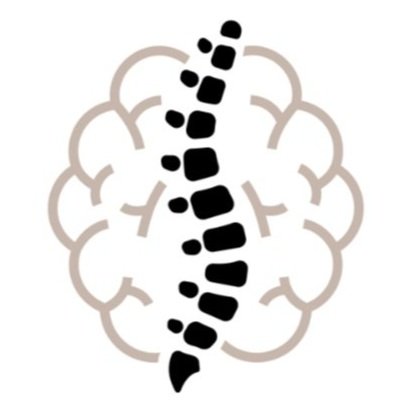October Physical Therapy Month: Understanding Pelvic Floor Prolapse
October is Physical Therapy Month, and it's a great time to talk about pelvic floor prolapse. This condition occurs when the pelvic organs, such as the bladder, uterus, or rectum, drop into the vaginal canal due to weak pelvic floor muscles. At Mind Body Physiotherapy, we’re passionate about empowering women to take charge of their pelvic health through education and effective, personalized care.
Types of Pelvic Organ Prolapse:
Pelvic Organ Prolapse (POP) happens when the muscles and tissues supporting the pelvic organs become weak. This can cause the organs to drop and bulge into the vagina. Here are some of the different types:
Anterior Vaginal Wall Prolapse (Cystocele): The bladder drops into the front wall of the vagina. This is the most common type of POP.
Urethrocele: The urethra drops, often along with the bladder.
Posterior Vaginal Wall Prolapse (Rectocele): The rectum bulges into the back wall of the vagina.
Enterocele: The small intestine bulges into the back wall or top of the vagina.
Uterine Prolapse: The uterus drops into the vaginal canal.
Vaginal Vault Prolapse: The top part of the vagina drops into the vaginal canal, often after a hysterectomy.
(image from: https://my.clevelandclinic.org/health/diseases/24046-pelvic-organ-prolapse)
Risk Factors:
While Pelvic floor prolapse can happen to anyone, but some factors can increase the risk:
Female Gender
Vaginal Childbirth
Increasing Age (Increase POP after Menopause)
Increased Intra-Abdominal Pressure
Obesity
Connective Tissue Disorders
Hysterectomy
Hormonal Changes
Heavy Lifting
Straining with Constipation
Chronic Coughing
Symptoms:
Symptoms of pelvic floor prolapse include:
Feeling of heaviness or pressure in the pelvic area
Visible bulge at the vaginal opening
Pain during intercourse
Difficulty with urination or bowel movements
Increased urgency or frequency of urination
Incomplete bladder emptying
**Many Women can be asymptomatic ***
How Pelvic Floor Physical Therapy Can Help:
Pelvic floor physical therapy is a non-surgical way to manage and treat prolapse. It includes:
Assessment: A therapist will check the level of prolapse and identify contributing factors.
Education: Learning about your condition helps you take control of your health.
Manual Therapy: Techniques to improve muscle function and reduce tension.
Pelvic floor muscle training: Improving coordination and strength via Kegel exercises.
Posture and Body Mechanics: Proper movement and lifting techniques reduce pressure on the pelvic floor.
Lifestyle Changes: Weight management, dietary changes, and managing chronic cough or constipation.
Biofeedback: Helps you connect with and improve your pelvic floor muscles.
Conclusion:
This October, let's focus on pelvic floor health. At Mind Body Physiotherapy, we can help guide you with your Pelvic Organ Prolapse (POP). If you have symptoms of prolapse, seeking help from a pelvic floor physical therapist is essential. By taking care of your pelvic health, you can improve your strength, comfort, and confidence. Don't hesitate to reach out for support, your well-being is our top priority!
HAPPY PHYSICAL THERAPY MONTH!
Ready to get your life back?


